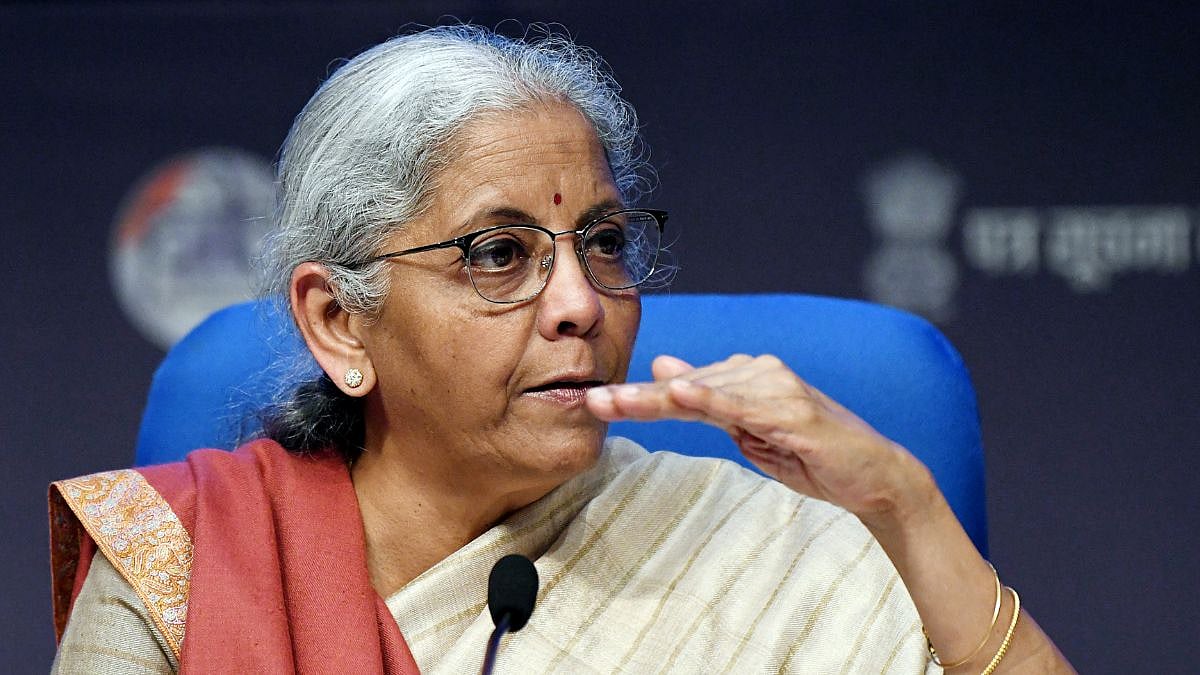Great budgets like the 1991 Manmohan Singh Budget are born under difficult times. These are challenging times for the Indian economy. The threat of a trade war is looming large. Domestically, the growth rate has dipped to a four-year low. It goes to the credit of Finance Minister Nirmala Sitaraman that she rose to the occasion and presented a bold Budget that is capable of addressing the serious challenge of growth slowdown being faced by the economy.
The fact that the Finance Minister has given the much-needed relief to the middle class without compromising on fiscal prudence is praiseworthy.
Fiscal stimulus and massive tax relief
The biggest macro challenge being faced by the economy now is the dip in GDP growth rate. After staging a smart recovery in GDP growth post-Covid clocking growth rates of 9.7 per cent, 7 per cent and 8.2 per cent during FY22, FY23 and FY24 respectively, growth is estimated to dip to 6.4 per cent in FY25.
The deceleration in growth is worse than expected, necessitating fiscal stimulus through the Budget. The middle class, hit by inflation and loss of purchasing power, has been demanding tax relief. The finance minister has succeeded in achieving the twin goals of tax relief to the middle class and fiscal stimulus to the economy through a bold strategy of tax cuts. The cut in personal income tax where persons with annual income up to Rs 12 lakh (Rs 12.75 lakh for the salaried class don’t have to pay income tax is a much better-than-expected substantial cut. Income taxpayers in all tax slabs stand to gain. These tax cuts, by increasing the disposable income of the middle class, will boost consumption and stimulate economic growth.
Fiscal consolidation
A significant achievement of the Narendra Modi government is its success in fiscal consolidation. Finance Minister Nirmala Sitaraman has stuck to the fiscal glide path bringing the fiscal deficit down to 4.8 per cent of GDP from the Covid high of 9.2 per cent in FY21. The fact that the fiscal deficit target for FY26 is kept at 4.4 per cent is a testimony to the Modi Government’s commitment to fiscal consolidation.
Focus on domestic growth in the uncertain global backdrop
The Budget focuses on driving growth through domestic triggers, given the uncertain global scenario, and possible headwinds from potential tariff wars. The Budget proposes to drive growth through growth engines of agriculture, Micro, Small and Medium Enterprises (MSMEs), investment and exports. Deregulation for higher growth focusing on digitization, decriminalization and divestment of unnecessary government functions is in keeping with the message of the Economic Survey.
Focussed Product Scheme
The Focussed Product Scheme targeting leather and toys industry aims to generate 22 lakh jobs. The finance minister’s declaration to make India a ‘global hub for toys’ should be seen in the context of President Trump’s policy of imposing tariffs on Chinese exports to the US. When tariffs are imposed on products like toys, where China dominates, that will open up opportunities for India.
The risk
According to the Budget estimates, the direct tax foregone due to the tax cuts is Rs 1 lakh crore. Yet the Budget targets Rs 25.20 lakh crore as direct tax revenue in FY26 against the revised estimates of Rs 22.37 lakh crore for FY25. The budget estimate of gross tax revenue for FY26 is Rs 42.70 lakh crore; this is 11 per cent higher than the revised estimate of Rs 38.53 lakh crore for FY25. Clearly, the FM is gambling on growth. If the expected growth doesn’t materialise, the deficit will widen. Under the present challenging circumstances, this is a risk worth taking.
Dr VK Vijayakumar is Chief Investment Strategist at Geojit Financial Services
